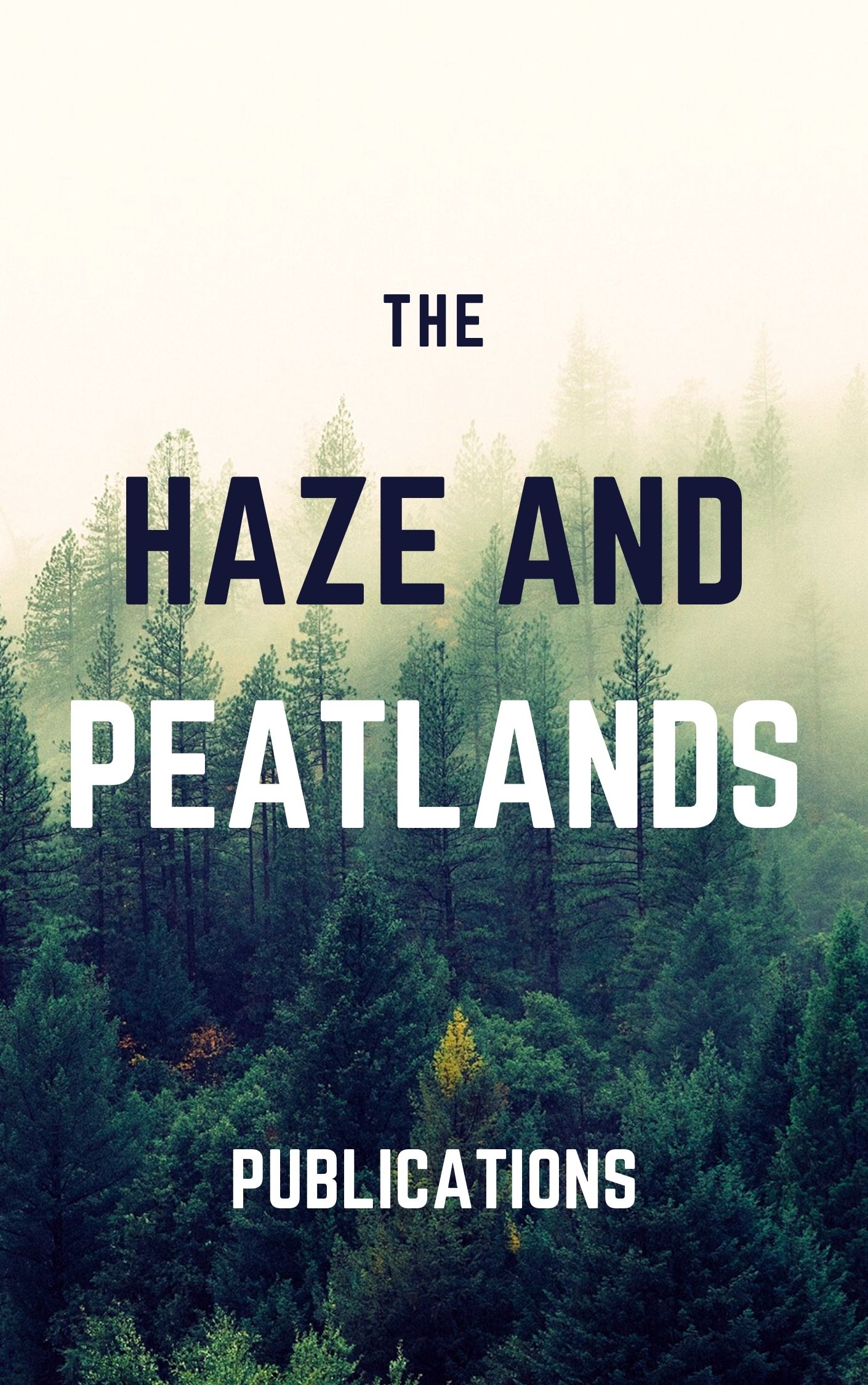Smoke haze due to vegetation and peatland fires in Southeast Asia is a serious public health concern. Several approaches have been applied in previous studies; however, the concepts and interpretations of these approaches are poorly understood. In this scoping review, we addressed issues related to the application of epidemiology (EPI), health burden estimation (HBE), and health risk assessment (HRA) approaches, and discussed the interpretation of findings, and current research gaps. Most studies reported an air quality index exceeding the 'unhealthy' level, especially during smoke haze periods. Although smoke haze is a regional issue in Southeast Asia, studies on its related health effects have only been reported from several countries in the region. Each approach revealed increased health effects in a distinct manner: EPI studies reported excess mortality and morbidity during smoke haze compared to non-smoke haze periods; HBE studies estimated approximately 100,000 deaths attributable to smoke haze in the entire Southeast Asia considering allcause mortality and all age groups, which ranged from 1,064-260,000 for specified mortality cause, age group, study area, and study period; HRA studies quantified potential lifetime cancer and non-cancer risks due to exposure to smoke-related chemicals. Currently, there is a lack of interconnection between these three approaches. The EPI approach requires extensive effort to investigate lifetime health effects, whereas the HRA approach needs to clarify the assumptions in exposure assessments to estimate lifetime health risks. The HBE approach allows the presentation of health impact in different scenarios, however, the risk functions used are derived from EPI studies from other regions. Two recent studies applied a combination of the EPI and HBE approaches to address uncertainty issues due to the selection of risk functions. In conclusion, all approaches revealed potential health risks due to smoke haze. Nonetheless, future studies should consider comparable exposure assessments to allow the integration of the three approaches.
View source

